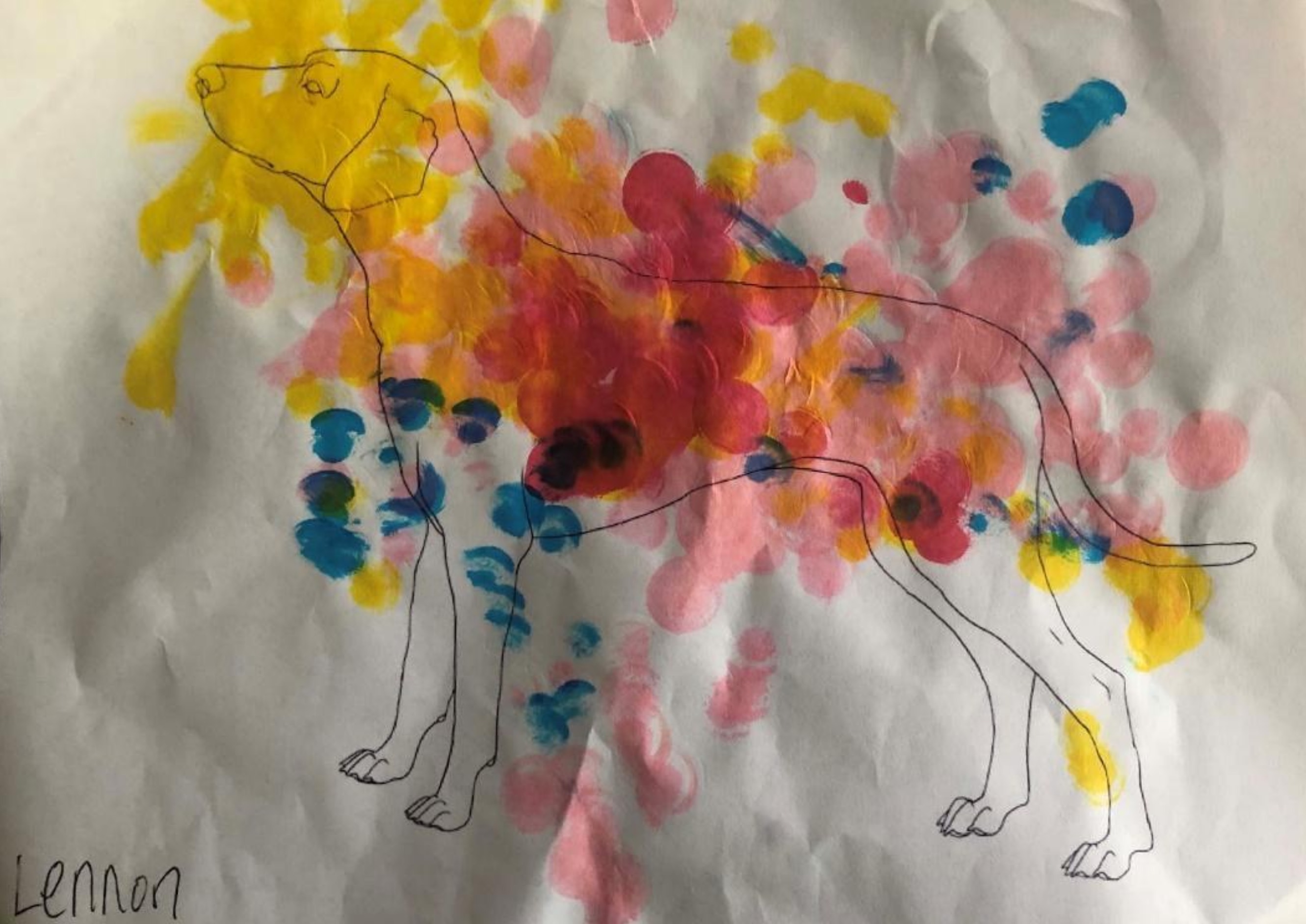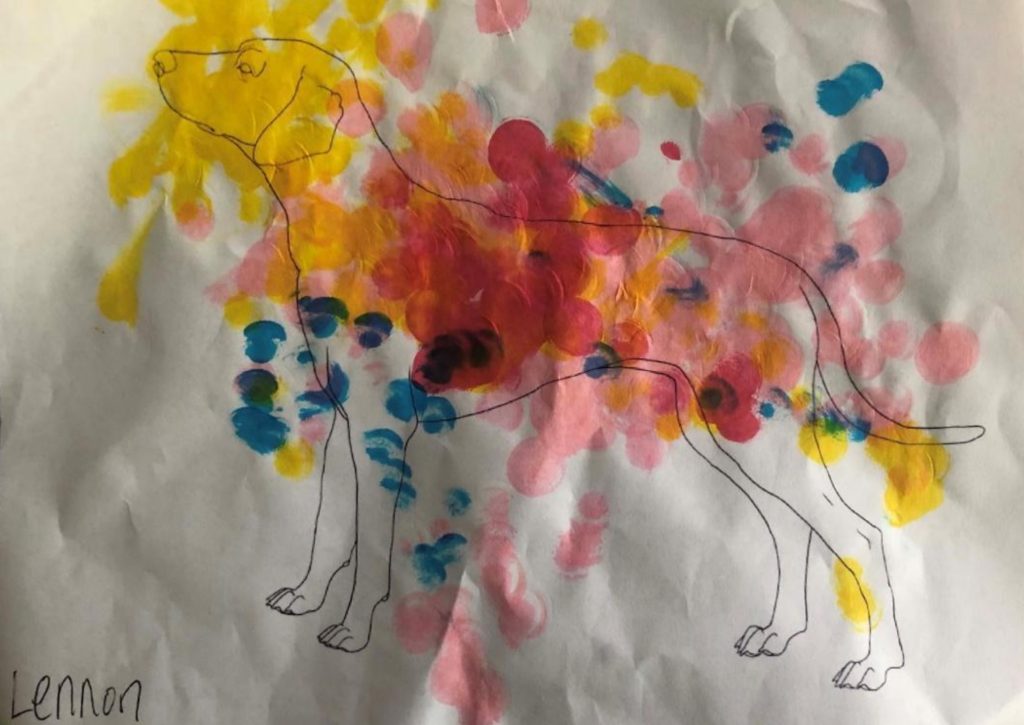As a co-founder and CEO of an edTech startup, it is easy to lose track of the big picture of what we as an organization have set out to accomplish (MZD has developed a suite of performance assessment solutions). The other day, I was reminded of our “big picture” from the look on my two-year-old son’s face when he brought home this marvelous piece of work. I realize that a dot coloring of a puppy isn’t a rigorously developed performance task, but the outcome is similar.
At MZD, our big picture is building solutions that enable our clients to design, implement, deliver and score student performance tasks, giving students a chance to create authentic, real work while demonstrating (and being measured on) their higher order thinking abilities. One of the primary goals of performance assessment is to measure student learning that is authentic, actionable, and highly reflective of actual skills learned in the classroom.
It used to be acceptable to just know how to do something in theory or to have memorized the steps in a process, however today, educators understand the value of evaluating critical thinking. Measuring this knowledge is difficult with only traditional (multiple choice) assessment. MZD understands the value of more authentic assessment and has made it our mission to support our clients with solutions that will help create, deliver, and score performance assessments in a way that will make them more scalable and affordable.
“The strength of performance tasks —and the source of their validity—is their authenticity. Performance tasks are themselves learning tools that can build students’ abilities to apply knowledge to complex problems while also helping students develop co-cognitive skills such as collaboration, grit, resilience, perseverance, and a growth mindset.” ¹
However, despite acknowledging the value of performance tasks, many education institutions have avoided performance assessments because they are seen as labor intensive and cost prohibitive. Regardless of these perceived challenges, there are great examples of educational organizations doing this successfully at scale and we are proud to be their partners:
Michigan Arts Consortium – Gives art teachers from around the state access to high quality performance tasks and the technology to collaboratively score student work with their peers, regardless of physical location. This gives educators an unprecedented opportunity to see real work from classrooms across the state.
Mississippi Department of Education – Has implemented performance tasks in several career and technical education courses. The outcome has produced amazing examples of student work, from three minute marketing videos to CAD designs being evaluated by industry professionals and multiple educators across the state.
Millard Public Schools – Students across the Nebraska district are producing writing pieces which are evaluated by multiple teachers and used throughout the year against the same rubric. The student writing portfolios are being saved and students will be able to see their work improve over time.
Examples like these are proof that implementing performance tasks at scale is possible and continues to motivate us at MZD to develop solutions that allow our clients, at their own pace and under their own control, to implement more opportunities for students to create and be evaluated on their authentic work.
As Lennon’s dad, I am hopeful that he gets the opportunity to demonstrate and be assessed on his knowledge through problem solving and the creation of real work. As a parent, it wouldn’t have been nearly as fun to review the result of a multiple choice test on what color a puppies tail should be ☺.
¹ The Promise of Performance Assessments: Innovations in High School Learning and College Admission: Guha, Wagner, Darling-Hammond, Taylor and Curtis



